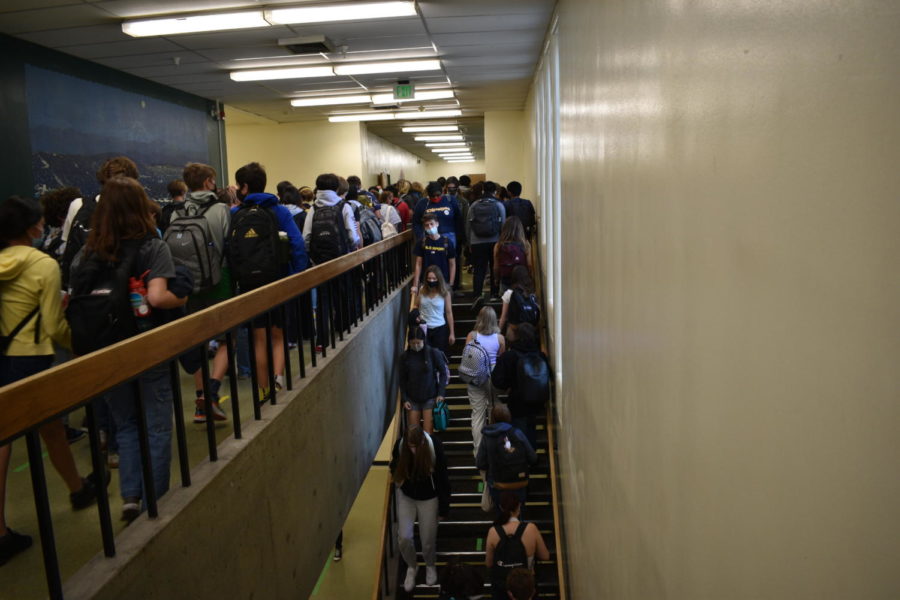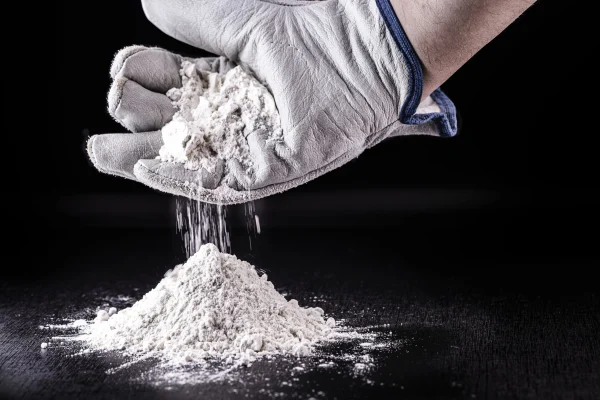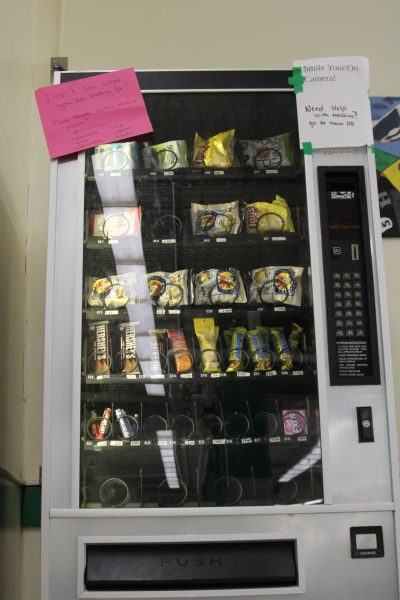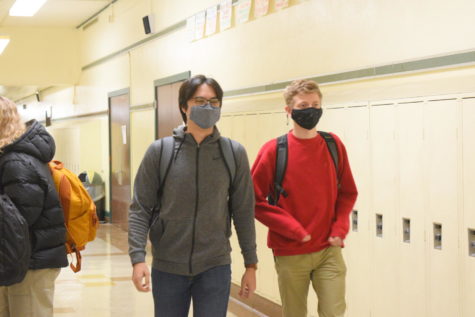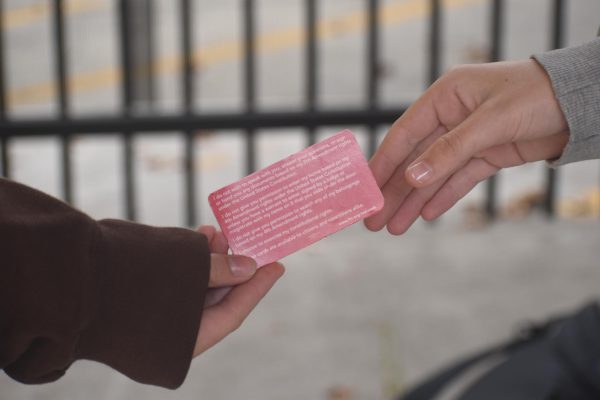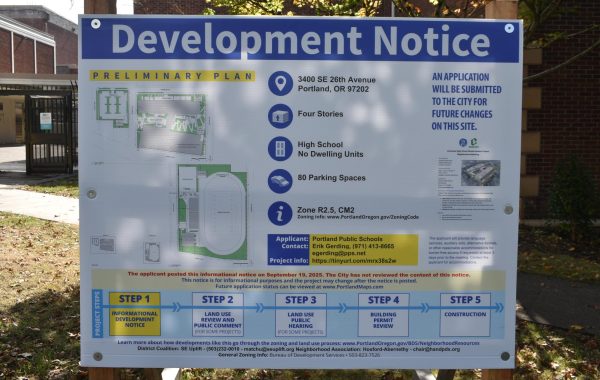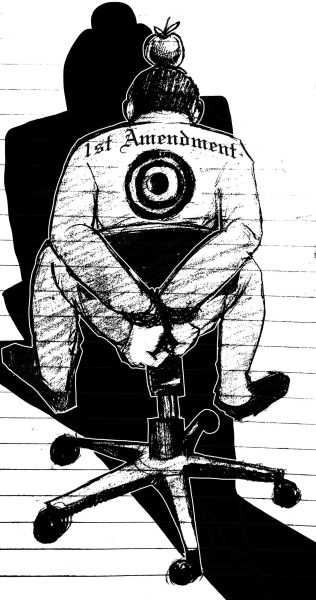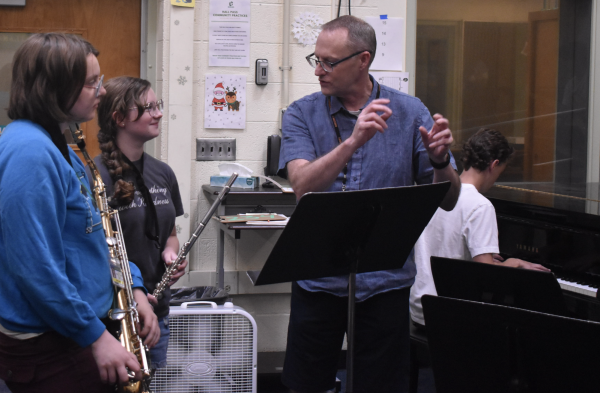Cleveland’s Covid Protocols In Action
As the school year has begun, we’re seeing scenes that have been totally unfamiliar for most of us over the last year and a half: crowds. Every day, thousands of students bustle through Cleveland’s halls on the way to classes, clubs, and lunch. Though all are masked, the risk of spread that this situation presents is not completely averted. Other precautions, specific to schools, are necessary to prevent the spread of Covid-19. How, exactly, does PPS determine what these precautions are?
On Sept. 3, two days after the beginning of the school year, an email notification was sent out declaring that a Cleveland student had tested positive for Covid-19. According to the email, the student had not met the definition of being in “close contact” with any individuals. The email did not include the definition of “close contact,” but the Multnomah County Health Department defines it as “spending 15 minutes or more within 6 feet of someone with or without a mask in any single day.”
However, there is an important caveat to this definition. In school classrooms, it is not defined as close contact if students are sitting three or more feet apart nose-to-nose and properly masked. This means that Cleveland students and staff are technically not in “close contact” with any of their classmates provided they are following these guidelines throughout the entire period. It’s important to note that this protocol didn’t originate with PPS; it is outlined by the CDC in their federal guidelines for close contact.
If a student tests positive for Covid-19 and reports this to the school, they will be out of school for anywhere between 10-14 days. “The time a student spends in isolation depends on a lot of factors,” says Nurse Amie Fowler. “We work with the communicable disease team to determine isolation procedures on a case-by-case basis.” The team in question is a group of specialists from the Multnomah Education Service District that partner with school health and administration to manage the pandemic’s effects in a school setting.
Once the individual has reported the details of their case, the administration kicks a contact tracing investigation into action. This means interviewing teachers and staff who have had the student (if it is a student) in their classrooms, about events beginning from two days before the individual started showing symptoms. Teachers keep note of classroom activities or other scenarios that involve students being within three feet of each other for an extended period of time – for example, group projects where students scoot their chairs together in order to work on one task. If any other individuals have been confirmed to have had contact with this person, they are notified before emails go out to the school. The identity of someone with a confirmed case is not made publicly available, in accordance with HIPAA laws.
Data on confirmed cases and exposures within all of PPS are publicly available using the PPS COVID-19 Dashboard tool. The tool reports numbers students and staff in isolation (individuals who have tested positive for Covid-19) and in quarantine (individuals who have been exposed to someone with Covid-19) by school and by date, further distinguishing between off-site and on-site exposures. The dashboard also contains rates of vaccination among staff (currently, 94.6% of all PPS staff are reported to be fully vaccinated.)
As of Sept. 15, the dashboard reports 11 total Cleveland students and staff who have been in quarantine over the past two weeks, and three who have been in isolation.
If students are in isolation, they are able to keep up with their classwork using Canvas if they can do so. Principal Wadkins recommends that students who are home for an extended period of time check in with their counselors to coordinate schoolwork for all of their classes.
Finally, Nurse Fowler reminds us that Cleveland’s protocols are continually being re-evaluated to fit the situation. “It would be nice if we had a crystal ball to show us what things were going to look like later in the year, but we don’t. As the situation progresses, we’re doing our best to meet the circumstances and ensure that the classroom is safe for students.”



